Biology > EXAM > Test Bank Understanding Medical Surgical Nursing. Chapter 29 Questions well answered 2022/2023 (All)
Test Bank Understanding Medical Surgical Nursing. Chapter 29 Questions well answered 2022/2023
Document Content and Description Below
The upper respiratory tract are? above the thoracic cavity. The lower respiratory tract are? within the thoracic cavity. The alveoli of the lungs are the site of? gas exchange... between the air and the blood of pulmonary circulation. The alveoli exchange gases but the rest of the respiratory system does what? moves air into and out of the lungs. What is the role that the cardiovascular and the respiratory system share? to supply the body with oxygen and eliminates carbon dioxide. What is the environment of the nasal mucosa? highly vascular, ciliated epithelium that warms and moistens inhaled air. What happens if dust and microorganisms are inhaled? become trapped on mucus produced by goblet cells and are swept back into the pharynx by the cilia. What is the paranasal sinuses? air cavities in the maxillary, frontal, sphenoid, and ethmoid bones that open into the nasal cavities, releasing mucus. What does the sinuses provide? lesson the weight of the skull and provide resonance for the voice. What is the anatomical location of the pharynx? The pharynx is posterior to the nasal and oral cavities. Soft palate? What is the purpose of the soft palate and uvula? rise to block the nasopharynx during swallowing. It does this to close the nasal passages to prevent any food and liquid from entering into the nasal cavity. About the lingual tonsils, the adenoid (pharyngeal tonsil) form a ring of lymphatic tissue around the pharynx and destroy pathogens that penetrate the mucosa. The larynx is the airway between the pharynx and trachea. The larynx houses the? vocal cords and produces sound that can be formed into speech. epiglottis? prevents ingested materials from entering the trachea. Trachea and bronchial Tree. descends from the larynx to the primary bronchi. The mucosa within the trachea and Bronchial are lined with? ciliated epithelium. Within the trachea and Bronchial Tree what happens with dust and microorganisms that are trapped. is swept upwards toward the pharynx and is swallowed. Is there cartilage deep within the bronchial tree? no, it deminishes and smooth muscle in the walls increase. Why doesn't the bronchioles have no cartilage in the walls? to maintain patency. Thereby, enables them to be completely closed by bronchoconstriction. Both the alveolus and the alveolar capillary is lined with a thin layer of and why is this? made of simple squamous epithelium to permit diffusion of gases. Each alveolar is lined with, and what is the purpose? a thin tissue fluid that is essential for the diffusion of gases. Alveolar cells secrete and what is the purpose? surfactant (Lipoprotein) that mixes with the tissue fluid and decreases surface tension to permit inflation. alveolar surfactant The larynx is formed by ? pieces of cartilage that keep it from ? A group of ? bind the pieces of cartilage together and to adjacent structures in the neck. nine collapsing ligaments Between clusters of alveoli are? elastic connective tissue that can stretch during inhalation and recoil during exhalation. The recoil of this tissue allows passive exhalation without the expenditure of energy. what is the primary respiratory muscles? The diaphragm inferior to the lungs, and the intercostal muscles between the ribs. The accessory muscles of respiration are used during? exercise and times of respiratory distress Ventilation is a term used for? movement of air into and out of the alveoli. Accessory muscles for deep inspiration include? Sternocleidomastoid, scalene, pectoralis minor. sternocleidomastoid? scalene? [Show More]
Last updated: 2 years ago
Preview 1 out of 12 pages

Buy this document to get the full access instantly
Instant Download Access after purchase
Buy NowInstant download
We Accept:

Reviews( 0 )
$13.00
Can't find what you want? Try our AI powered Search
Document information
Connected school, study & course
About the document
Uploaded On
Oct 30, 2022
Number of pages
12
Written in
Additional information
This document has been written for:
Uploaded
Oct 30, 2022
Downloads
0
Views
57

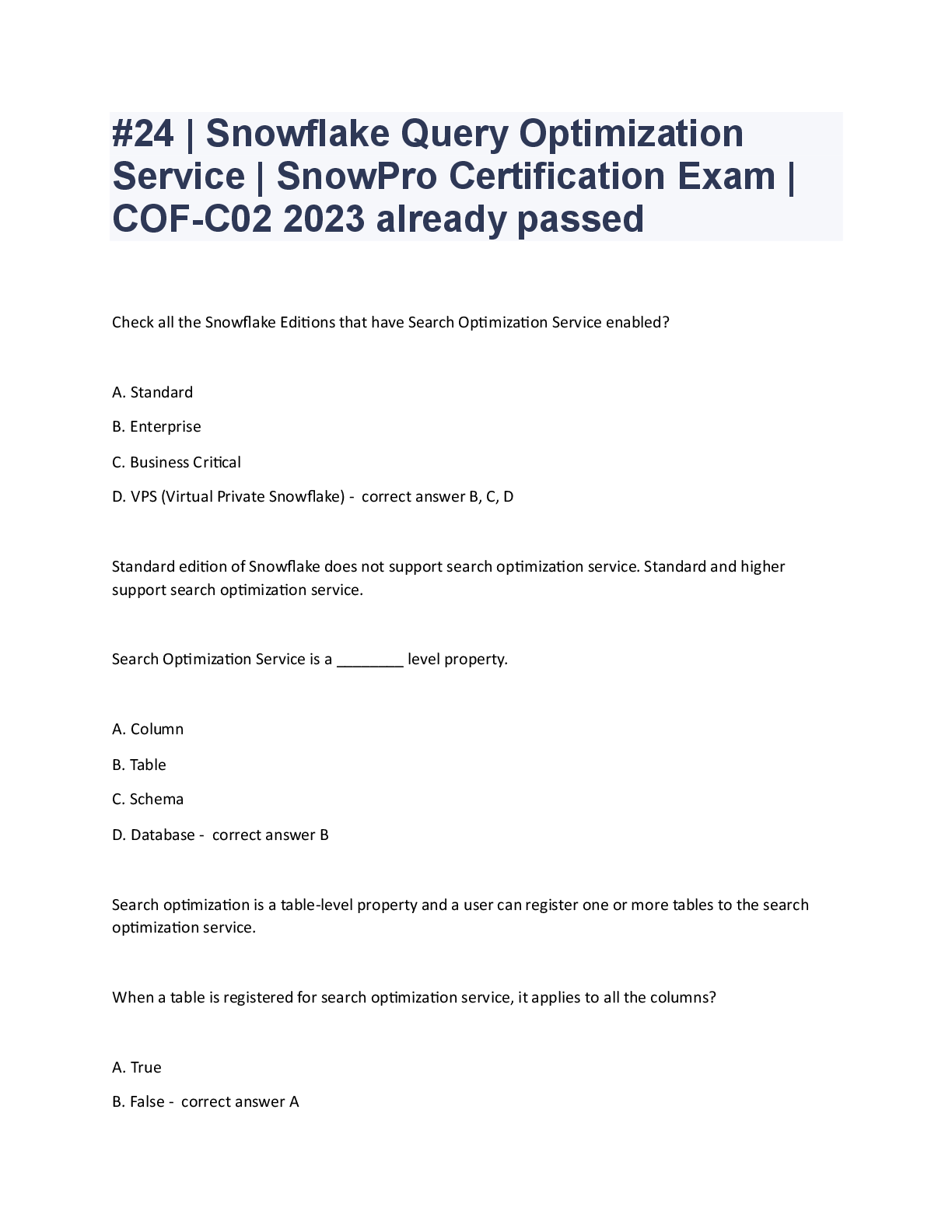

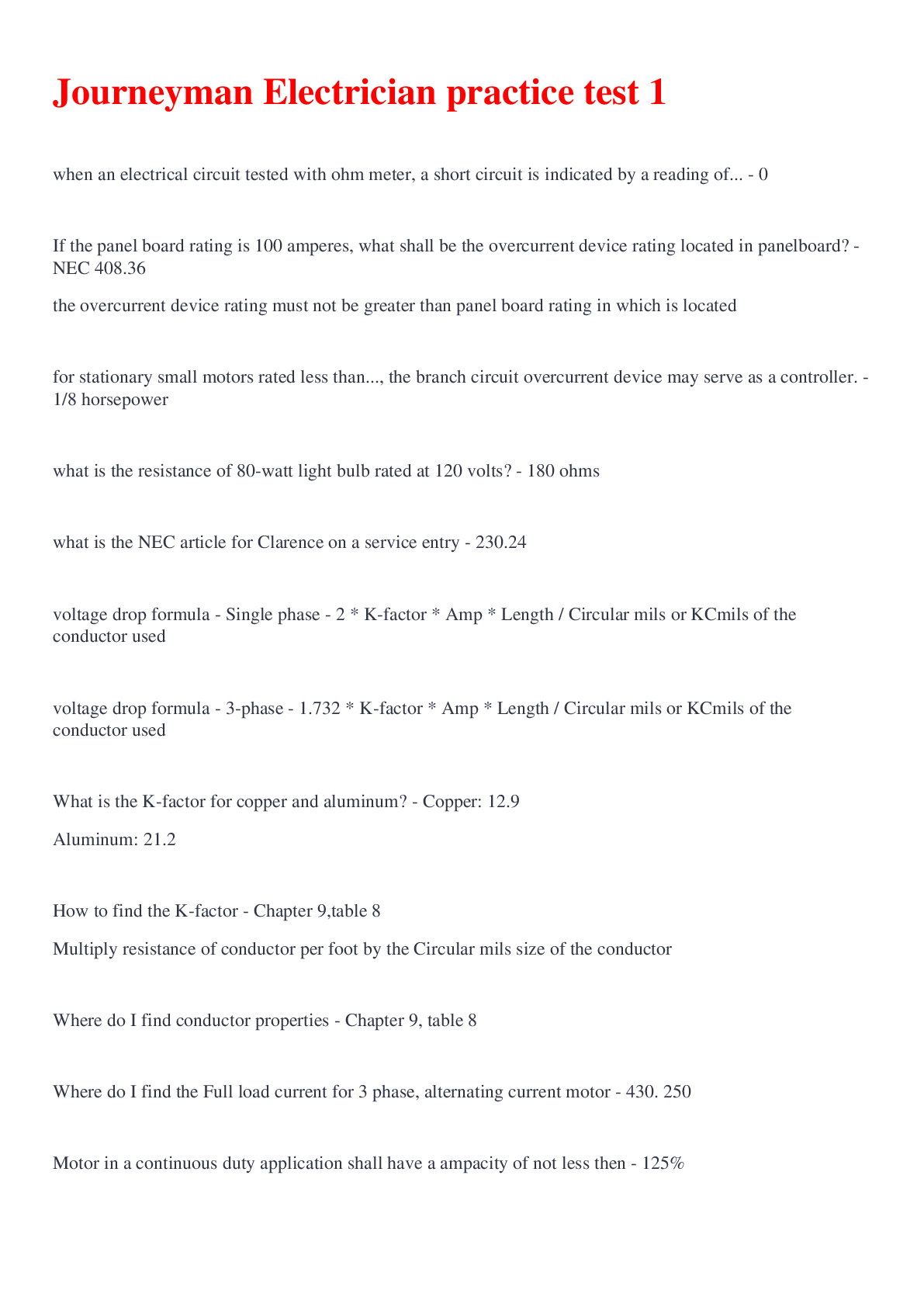

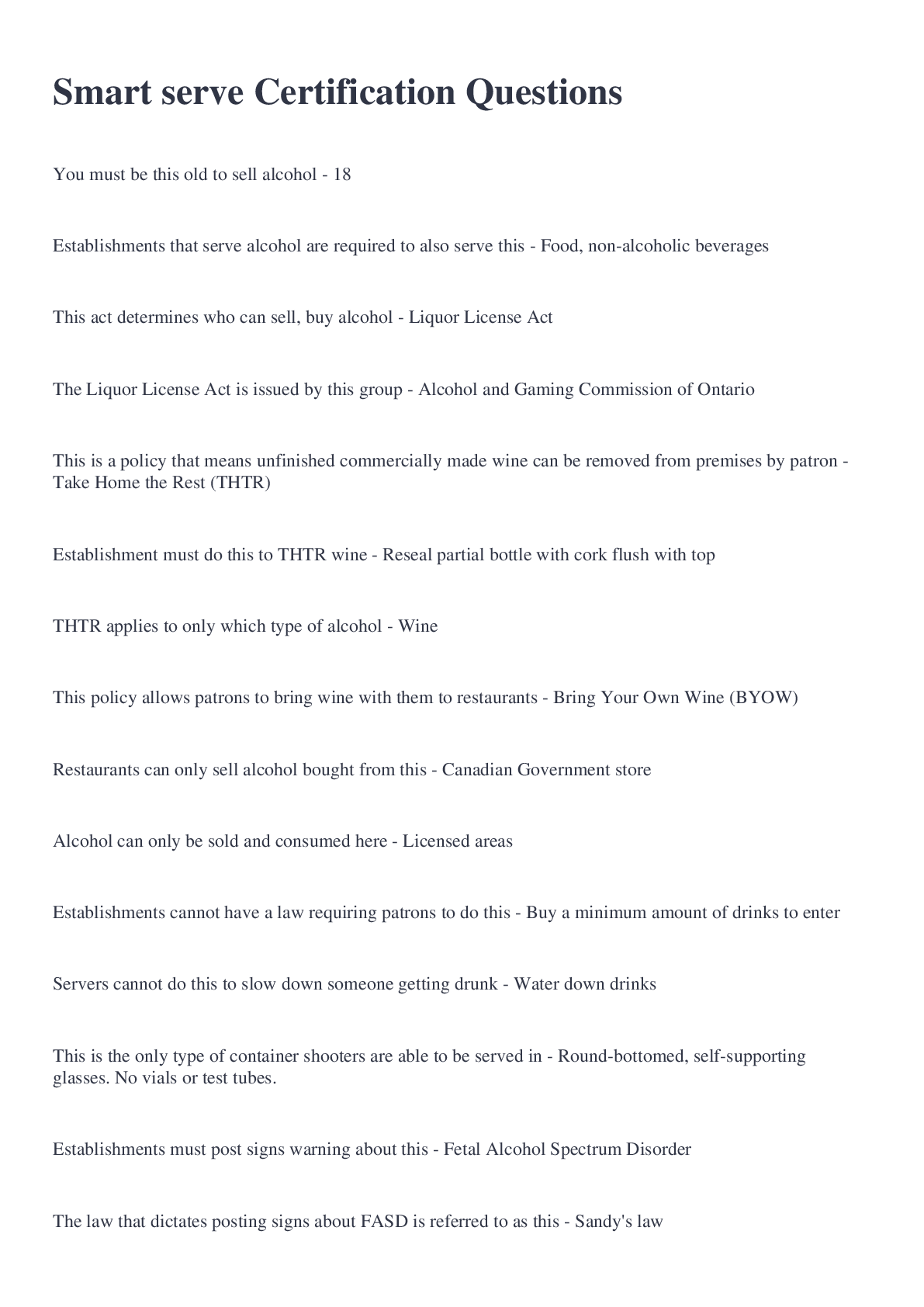
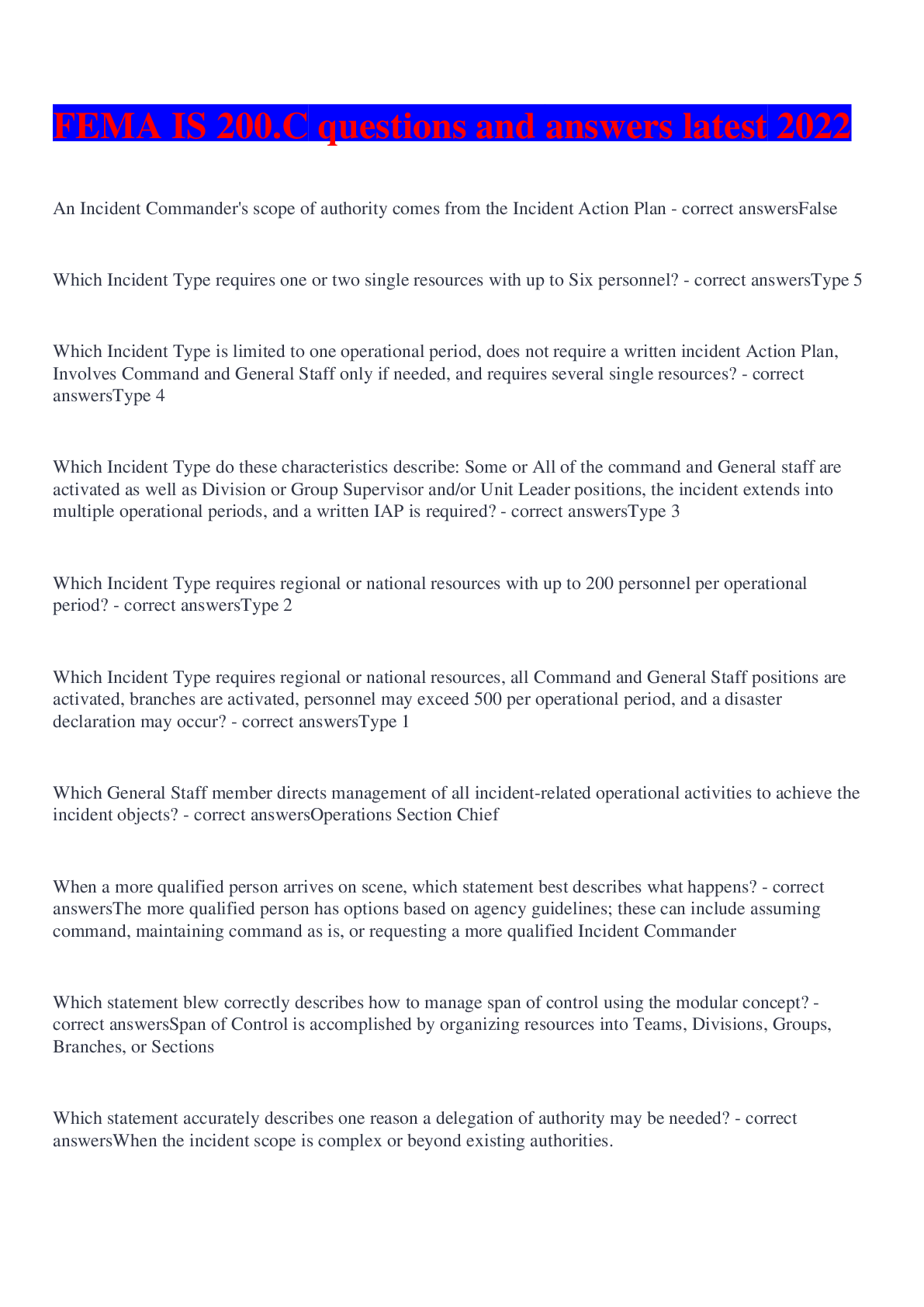
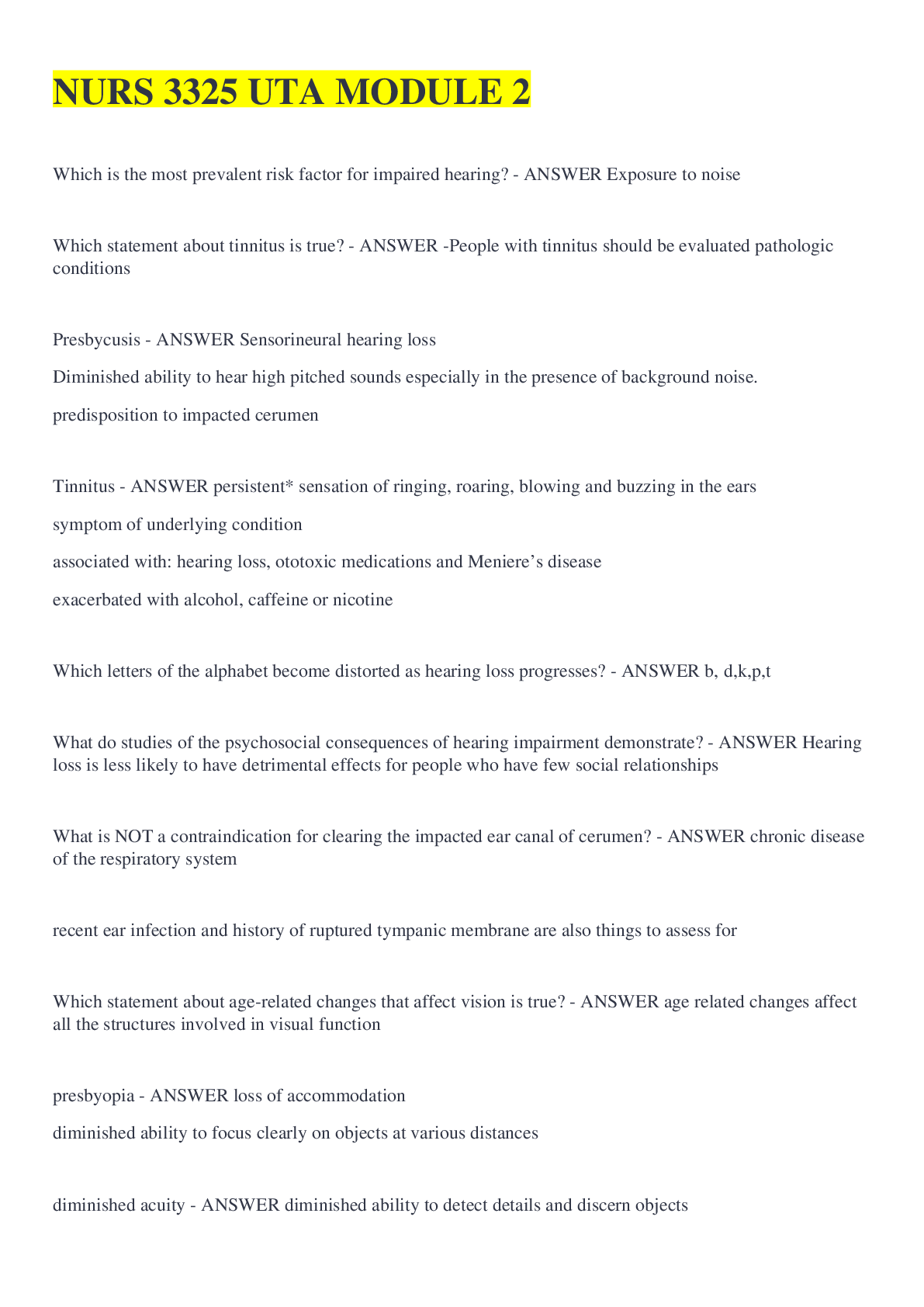

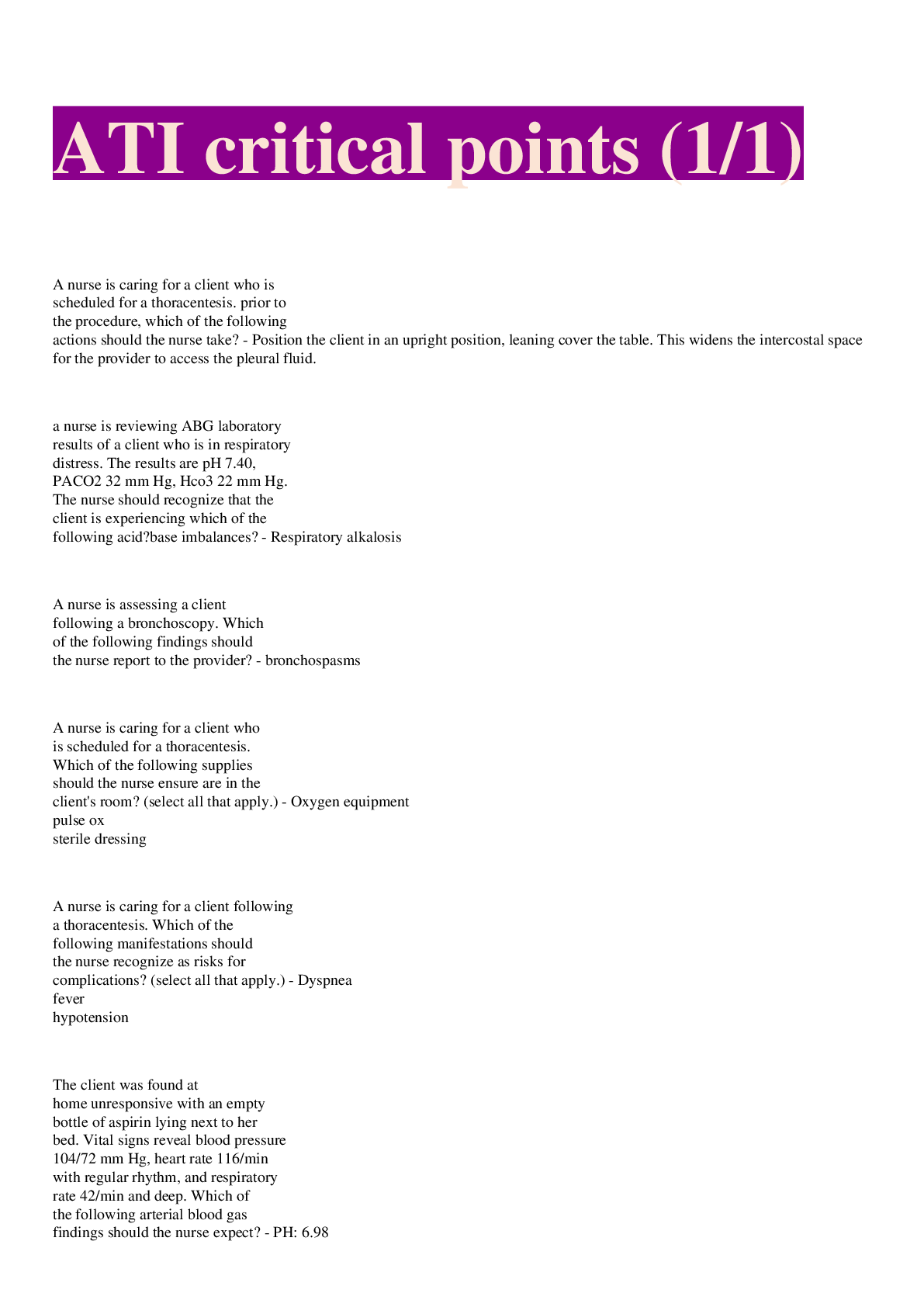
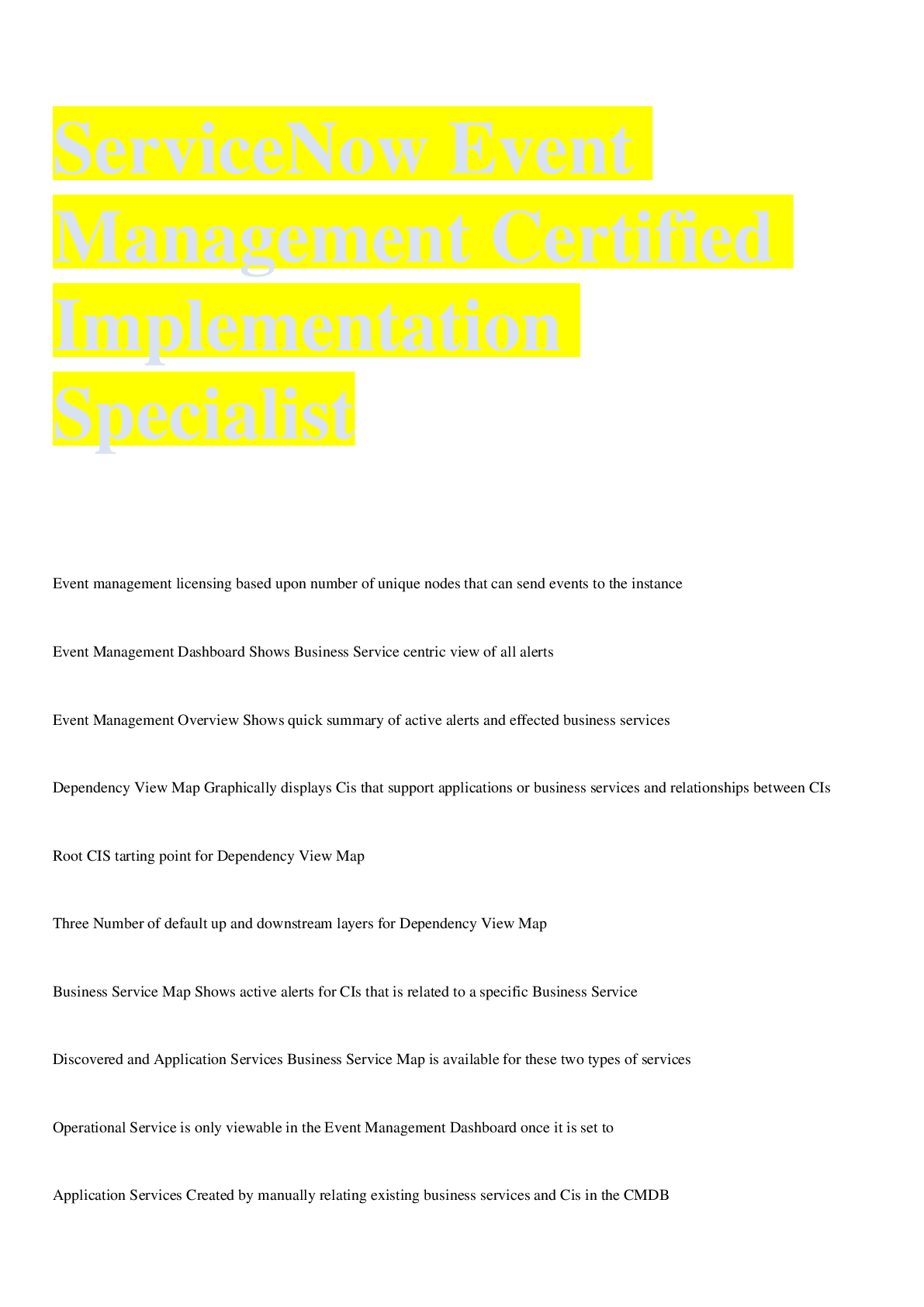
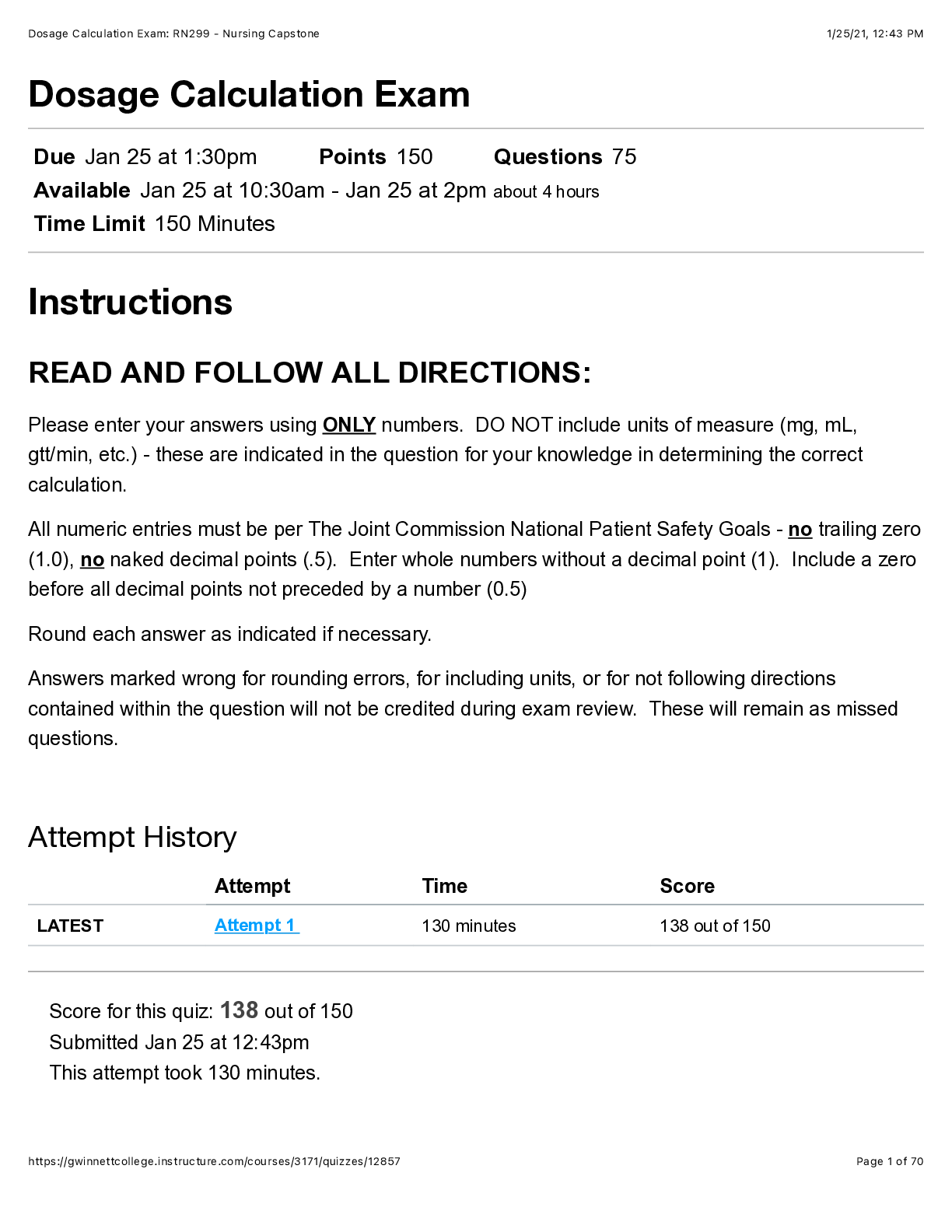
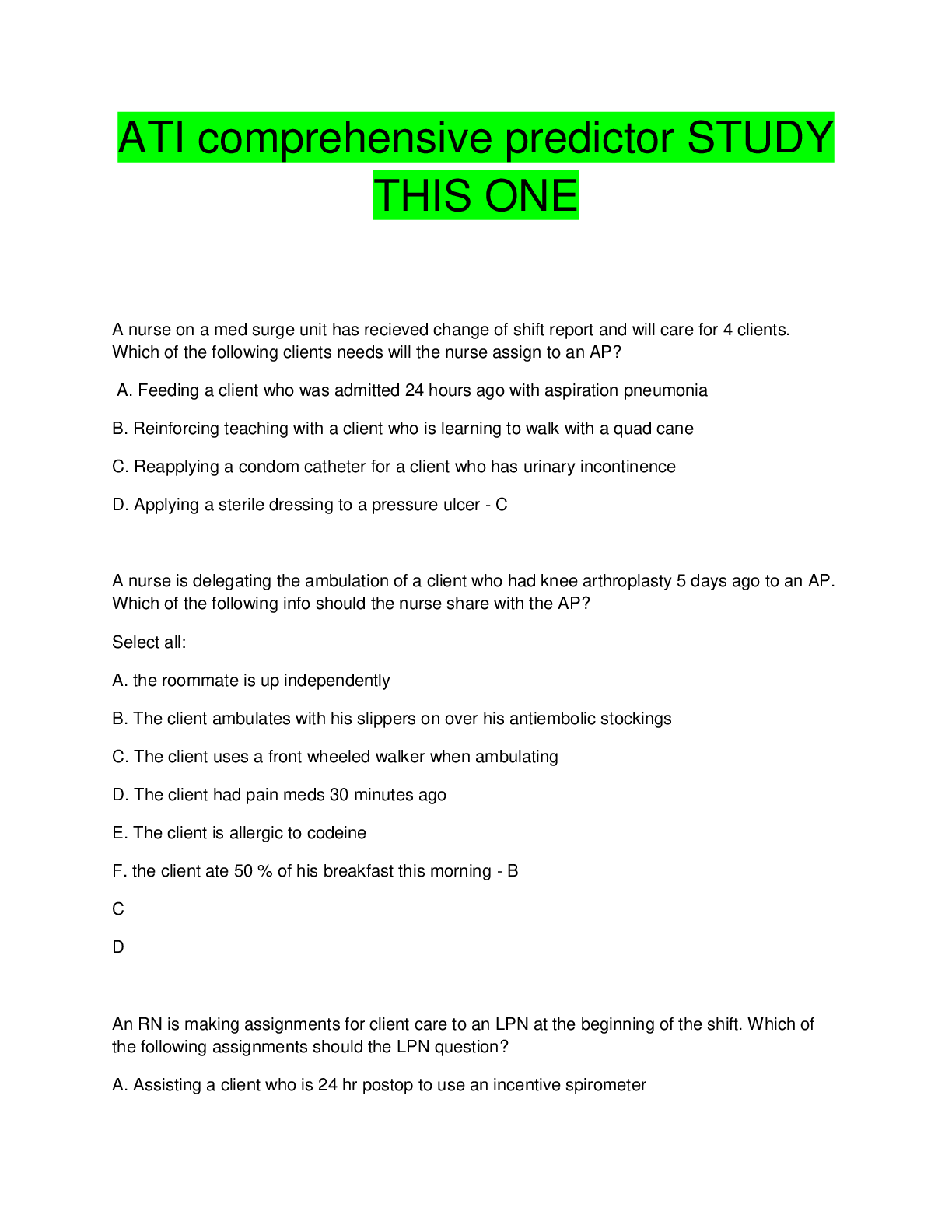







.png)





